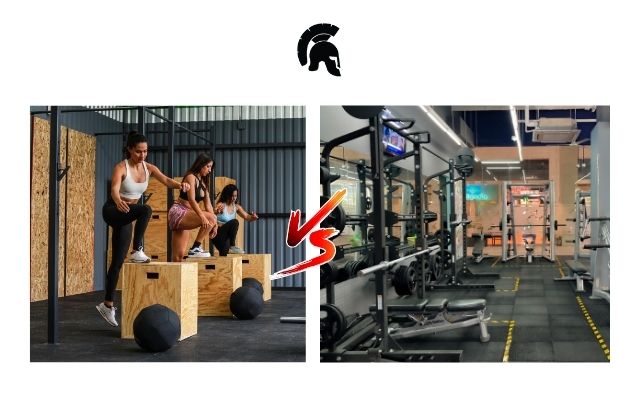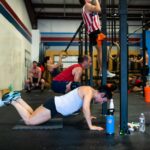Choosing the right gym can feel overwhelming. Many people wonder about the difference between a regular gym and a CrossFit gym, making it tough to decide which fits their goals. Here’s a quick comparison to help you choose based on your needs.
Regular gym vs. CrossFit gym
Regular gyms offer self-guided workouts with a focus on isolated exercises and flexibility, allowing members to choose their routines based on personal goals. In contrast, CrossFit gyms provide structured classes led by coaches, emphasizing high-intensity, functional movements that engage multiple muscle groups. While regular gyms may foster a more solitary environment, CrossFit gyms cultivate a strong sense of community and motivation through group workouts.
| Feature | Regular Gym | CrossFit Gym |
|---|---|---|
| Workout Structure | Flexible, self-paced workouts with access to various machines. | Pre-designed daily workouts (WODs) led by a coach. |
| Coaching | Limited; personal trainers often require extra fees. | Group coaching included in membership, with a focus on technique. |
| Community | Individual focus; minimal interaction among members. | Strong sense of community with group motivation and support. |
| Programming | Self-directed or based on personal trainer recommendations. | Structured programming focused on functional fitness and variety. |
| Equipment | Machines, free weights, and cardio equipment. | Barbells, kettlebells, pull-up bars, and functional training gear. |
| Intensity | Can vary widely; often moderate unless self-driven. | High-intensity workouts scaled to individual fitness levels. |
| Goals | Often focused on aesthetics and general fitness. | Functional fitness, strength, endurance, and overall health. |
| Cost | Typically lower monthly fees. | Higher monthly fees due to coaching and specialized programming. |
| Trial Options | Day passes or pay-per-use. | Free trial classes or short-term introductory programs. |
| Accessibility | Found in most neighborhoods; broader availability. | Fewer locations, often specialized. |
The choice between the two depends on individual preferences for workout structure, intensity, and social engagement in fitness.








